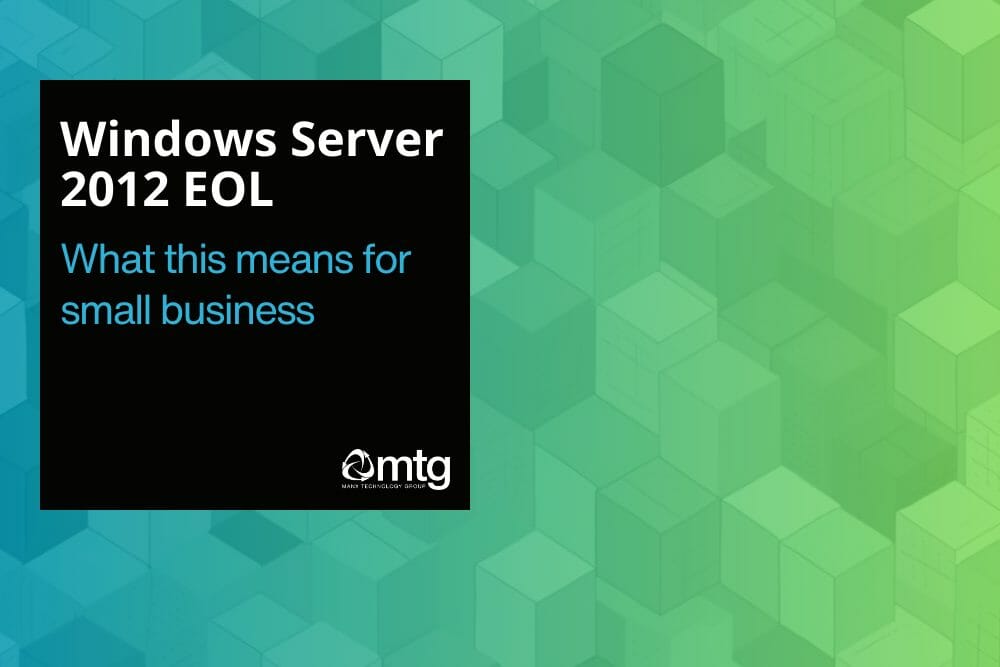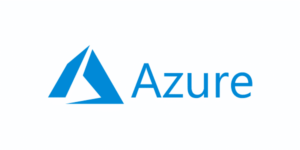
This article discusses the risks and options for small businesses as the Windows Server 2012 End of Life (EOL) deadline approaches. We explore the consequences of continuing with an unsupported operating system and present three options: upgrading to Windows Server 2022 or transitioning to cloud-based services. Our recommendation for small businesses is to migrate to Microsoft Azure, which offers seamless integration, robust security, and scalability. Read on to learn about the risks, options, and best practices for navigating this crucial transition.
Introduction
Launched in 2012, Windows Server 2012 has been a reliable and widely used server operating system, supporting small businesses with their IT infrastructure for years. However, as technology evolves, so must the systems that keep businesses running efficiently and securely.
As the End of Life (EOL) deadline for Windows Server 2012 approaches, it’s crucial for small business owners to understand the implications of this event and make informed decisions about their IT infrastructure.
What does End of Life mean?
End of Life (EOL) is a term used in the software industry to indicate that a product has reached the end of its supported lifecycle. This means that the product will no longer receive updates, bug fixes, security patches, or technical support from the developer.
For Windows Server 2012, the EOL deadline is 10th October 2023. As of this date, Microsoft will cease to provide any support or updates, leaving systems running on Windows Server 2012 vulnerable to potential security threats and compatibility issues.
https://learn.microsoft.com/en-us/lifecycle/announcements/windows-server-2012-r2-end-of-support
What are the risks?
Security vulnerabilities
Once the EOL deadline passes, Windows Server 2012 will no longer receive security patches and updates, making it more susceptible to cyberattacks and exploitation of known vulnerabilities. Small businesses running on unsupported server operating systems are at a higher risk of data breaches, ransomware, and other security incidents, leading to financial loss, reputational damage, and legal consequences.
Cyber insurance
Running EOL software will likely invalidate your cyber insurance. Most policies do not cover incidents when you are running outdated software or operating systems, as would be the case with Windows 2012.
Compliance
Many industries and regions have strict data protection and privacy regulations, such as GDPR and PCI DSS. Running an unsupported server operating system can result in non-compliance, leading to fines, penalties, or even loss of business licenses.
No technical support
With Windows Server 2012 EOL, Microsoft will no longer offer technical support for the operating system. This means that small businesses cannot access official resources or assistance to troubleshoot or resolve issues.
Plan an upgrade
Identify systems running Windows Server 2012
To prepare for the EOL deadline, small businesses should inventory their existing IT infrastructure and identify any critical systems running on Windows Server 2012. This assessment will help determine the potential impact of the EOL on the business and lay the groundwork for creating a migration plan.
For customers with a managed IT agreement, your IT provider should already have an up-to-date asset register of your IT s
Option 1 – Upgrade to Windows Server 2022
Upgrading to Windows Server 2022, the latest version of Microsoft’s server operating system offers a variety of benefits, such as improved security, enhanced performance, and better support for hybrid cloud environments. Small businesses can take advantage of these features by upgrading while ensuring continued support, updates, and compatibility with modern applications and hardware.
You must ensure your existing server hardware is compatible with Windows Server 2022, and meets the system requirements.
Option 2 – Migrate IT workloads to the Cloud
 Transitioning to cloud-based services, such as Microsoft Azure, can provide small businesses with numerous benefits, including scalability, cost savings, and access to advanced features and services. Additionally, cloud providers offer robust security measures and compliance certifications, which can help mitigate the risks associated with unsupported server operating systems.
Transitioning to cloud-based services, such as Microsoft Azure, can provide small businesses with numerous benefits, including scalability, cost savings, and access to advanced features and services. Additionally, cloud providers offer robust security measures and compliance certifications, which can help mitigate the risks associated with unsupported server operating systems.
Servers can be migrated to Microsoft Azure with Windows Server 2022, while Desktops can leverage Windows 365 Cloud PCs.
Conclusion: Preparing for the Future
Embracing change and staying up-to-date with technology is essential for small businesses to remain competitive and secure in today’s digital landscape. As the Windows Server 2012 EOL deadline approaches, businesses must carefully evaluate their options and develop a comprehensive migration plan to minimise disruption and potential risks.
Considering the various options available, we recommend transitioning to Microsoft Azure as the most suitable choice for small businesses.
Microsoft Azure
Small businesses can effectively support their growth, enhance their security, and capitalise on the latest technological advancements by adopting a long-term technology strategy, such as migrating to Azure. Proactively planning and staying ahead of future EOL events will ensure your business remains agile, innovative, and competitive in the ever-evolving digital landscape.


